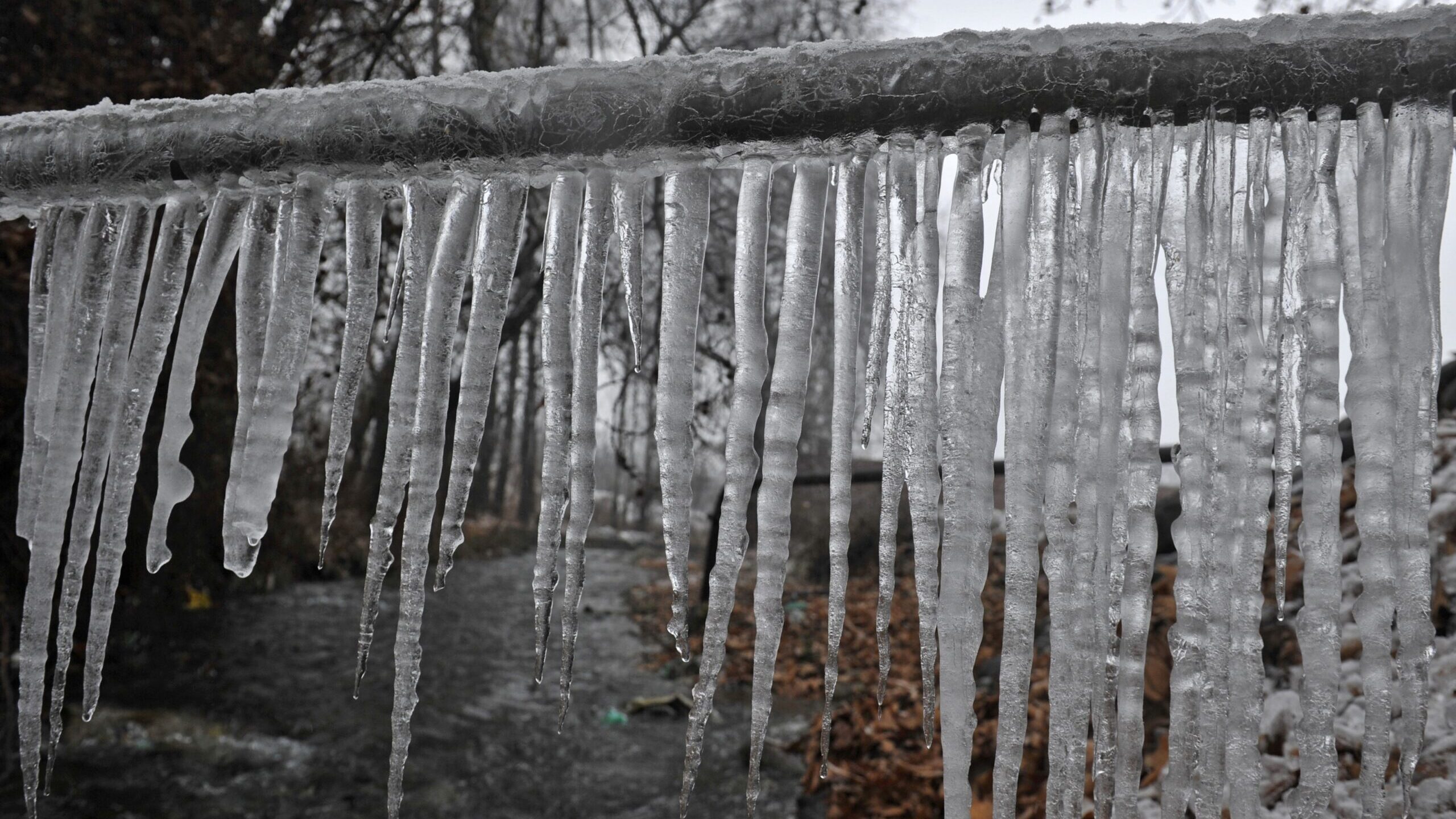Crucial Tips to Prevent Frozen Pipes in Winter
Crucial Tips to Prevent Frozen Pipes in Winter
Blog Article
Just how do you feel when it comes to 6 Ways to Prevent Frozen Pipes?

Cold weather can ruin your pipes, particularly by freezing pipes. Right here's just how to stop it from taking place and what to do if it does.
Intro
As temperature levels decline, the danger of frozen pipes increases, possibly causing expensive repair services and water damage. Understanding how to avoid frozen pipes is crucial for homeowners in chilly climates.
Prevention Tips
Protecting prone pipes
Wrap pipelines in insulation sleeves or utilize warmth tape to secure them from freezing temperature levels. Focus on pipes in unheated or external areas of the home.
Heating strategies
Keep indoor rooms effectively warmed, particularly locations with pipes. Open up cabinet doors to allow warm air to circulate around pipes under sinks.
Exactly how to determine icy pipelines
Try to find decreased water flow from faucets, unusual smells or noises from pipelines, and visible frost on exposed pipelines.
Long-Term Solutions
Structural modifications
Take into consideration rerouting pipes away from exterior wall surfaces or unheated areas. Add added insulation to attic rooms, cellars, and crawl spaces.
Updating insulation
Purchase top quality insulation for pipelines, attic rooms, and wall surfaces. Appropriate insulation helps preserve consistent temperature levels and decreases the threat of icy pipes.
Protecting Outside Pipes
Garden tubes and outdoor taps
Separate and drain yard tubes prior to winter. Set up frost-proof faucets or cover exterior faucets with protected caps.
Understanding Frozen Pipelines
What creates pipelines to freeze?
Pipes ice up when revealed to temperatures below 32 ° F (0 ° C) for prolonged periods. As water inside the pipes ices up, it broadens, taxing the pipeline wall surfaces and possibly creating them to burst.
Risks and damages
Icy pipelines can bring about supply of water disruptions, residential property damages, and costly repair work. Ruptured pipes can flood homes and create considerable architectural damage.
Signs of Frozen Piping
Determining frozen pipelines early can avoid them from bursting.
What to Do If Your Pipes Freeze
Immediate activities to take
If you presume frozen pipelines, keep taps available to relieve stress as the ice melts. Make use of a hairdryer or towels taken in warm water to thaw pipelines slowly.
Conclusion
Avoiding icy pipelines needs positive procedures and fast reactions. By understanding the causes, indicators, and preventive measures, home owners can safeguard their pipes throughout cold weather.
6 Proven Ways to Prevent Frozen Pipes and Protect Your Home
Disconnect and Drain Garden Hoses
Before winter arrives, start by disconnecting your garden hoses and draining any remaining water. Close the shut-off valves that supply outdoor hose bibs and leave the outdoor faucet open to allow any residual water to drain. For extra protection, consider using faucet covers throughout the colder months. It’s also important to drain water from any sprinkler supply lines following the manufacturer’s directions.
Insulate Exposed Pipes
Insulating your pipes is an effective way to prevent freezing. Pipe insulation is readily available at home improvement stores and is relatively inexpensive. Pay close attention to pipes in unheated areas such as the attic, basement, crawl spaces, or garage. Apply foam insulation generously to create a buffer against the cold. You can also wrap your pipes in heat tape or thermostat-controlled heat cables for added warmth.
Seal Air Leaks
Inspect your home for any cracks or openings that could let in cold air. Seal any holes around the piping in interior or exterior walls, as well as the sill plates where your home rests on its foundation. Additionally, make sure to keep your garage door closed unless you’re entering or exiting. Leaving it open creates a significant air leak that can lead to frozen pipes.
Allow Warm Air Circulation
During cold snaps, it’s essential to allow warm air to circulate evenly throughout your home. Leave interior doors ajar to promote better airflow. Open kitchen and bathroom cabinets to help distribute heat consistently around the rooms. If you have small children or pets, be sure to remove any household chemicals or potentially harmful cleaners from open cabinets for safety.
Let Faucets Drip
A small trickle of water can make a big difference in preventing ice formation inside your pipes. When temperatures drop significantly, start a drip of water from all faucets served by exposed pipes. This continuous flow helps prevent the water from freezing. Additionally, running a few faucets slightly can relieve pressure inside the pipes, reducing the chances of a rupture if the water inside does freeze.
https://choateshvac.com/6-proven-ways-to-prevent-frozen-pipes-and-protect-your-home/

I discovered that piece of writing about How to Prevent Your Pipes From Freezing while doing a search on the internet. Enjoyed our write-up? Please share it. Help somebody else discover it. Thank you for your time spent reading it.
Schedule Service Pickup Report this page